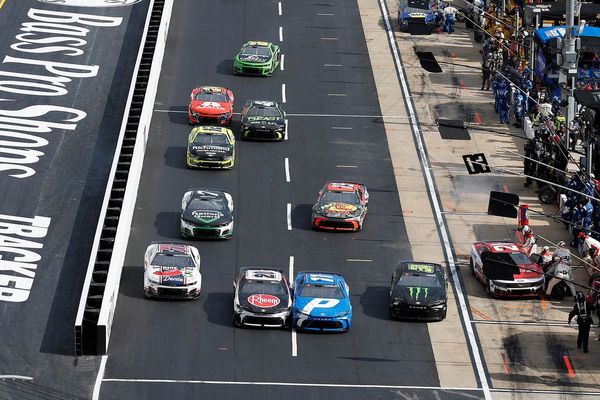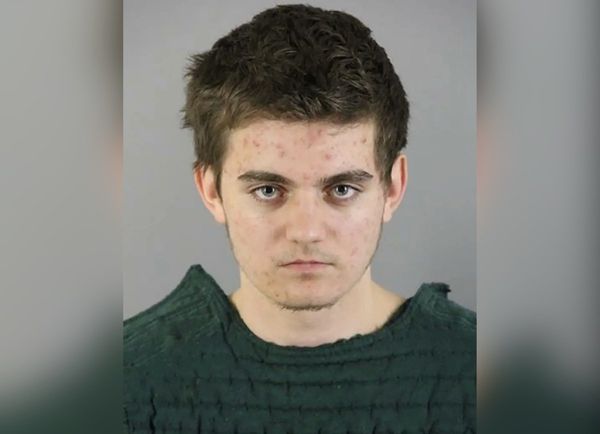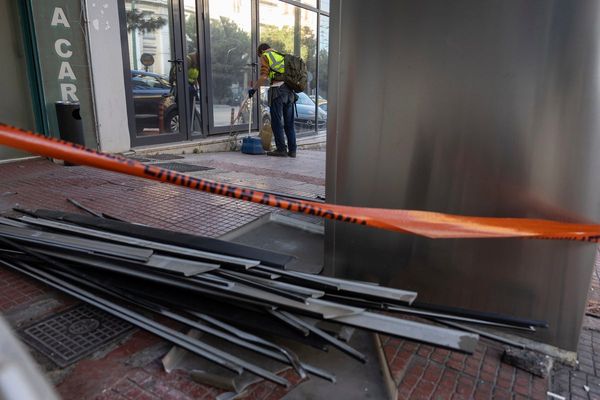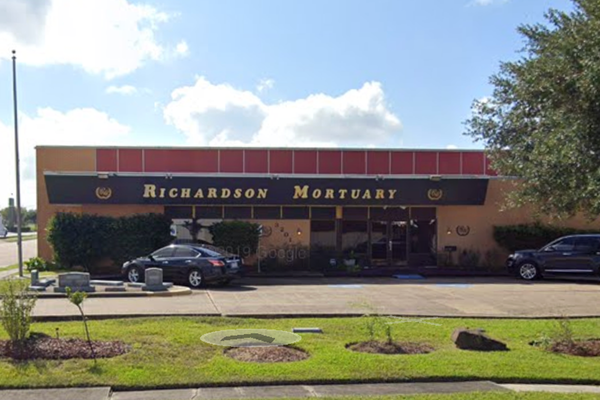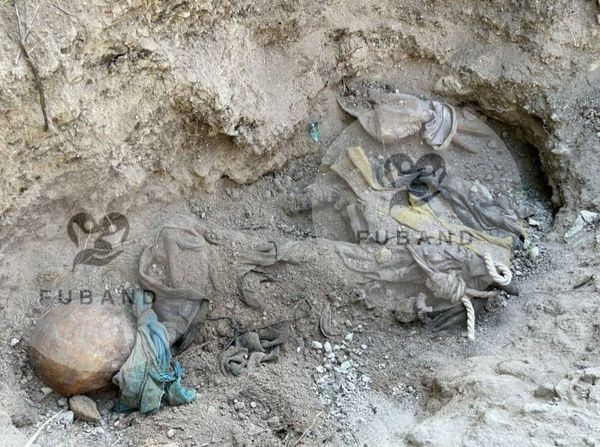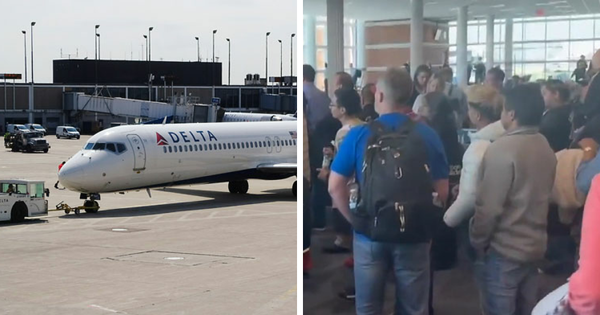Editor’s Note: Author Richard Parker died early last month, after this review was published in print and days after publication of his book The Crossing. “My dad was a person that loved learning about the world around him, and we saw that in his writing,” his daughter Olivia told the Albuquerque Journal. He was 61.
The El Paso Walmart shooting in 2019, the largest massacre of Mexican Americans in the history of the United States, has prompted award-winning journalist Richard Parker to take a second look at what was his family’s hometown during his youth. After graduating from a high school in El Paso’s Westside, he couldn’t wait to get out of this border city. At the time he considered it a vast, gritty desert wasteland in the middle of nowhere. He wasn’t alone in this perspective.
For too long, the story of El Paso told by Hollywood filmmakers, news reporters, and cowboy historians has been that of a Wild West frontier town full of outlaws. The stories that sell have to do with violence, drugs, and the alleged invasion of the “brown hordes,” which ultimately require Anglo lawmen to tame the chaos. These self-perpetuating tropes still predominate in mass media.
You could say the story of a young Anglo vigilante from the Dallas area, who drove to El Paso six years ago to shoot down “Mexicans” and stop the supposed “Hispanic invasion of Texas,” is the modern-day adaptation of the Wild West story. In this rerun, the El Paso shooter is the updated version of John Wesley Hardin. The killer, who wrote a four-page manifesto, certainly had a faulty understanding of the history of Mexican Americans, whose Native and Hispanic ancestors were in the Southwest long before the U.S.-Mexico border existed.
In The Crossing: El Paso, the Southwest, and America’s Forgotten Origin Story (Mariner, March 2025), Parker searches for a more accurate story of El Paso that doesn’t repeat the distortions of previous histories. As Parker researched his book, he reports being stunned to learn what other borderlands scholars have before him: that the history of El Paso is not marginal to that of the United States but rather represents this country’s unacknowledged origins. He writes that the “first Thanksgiving” took place in the El Paso area more than 20 years before the Pilgrims landed at Plymouth Rock.
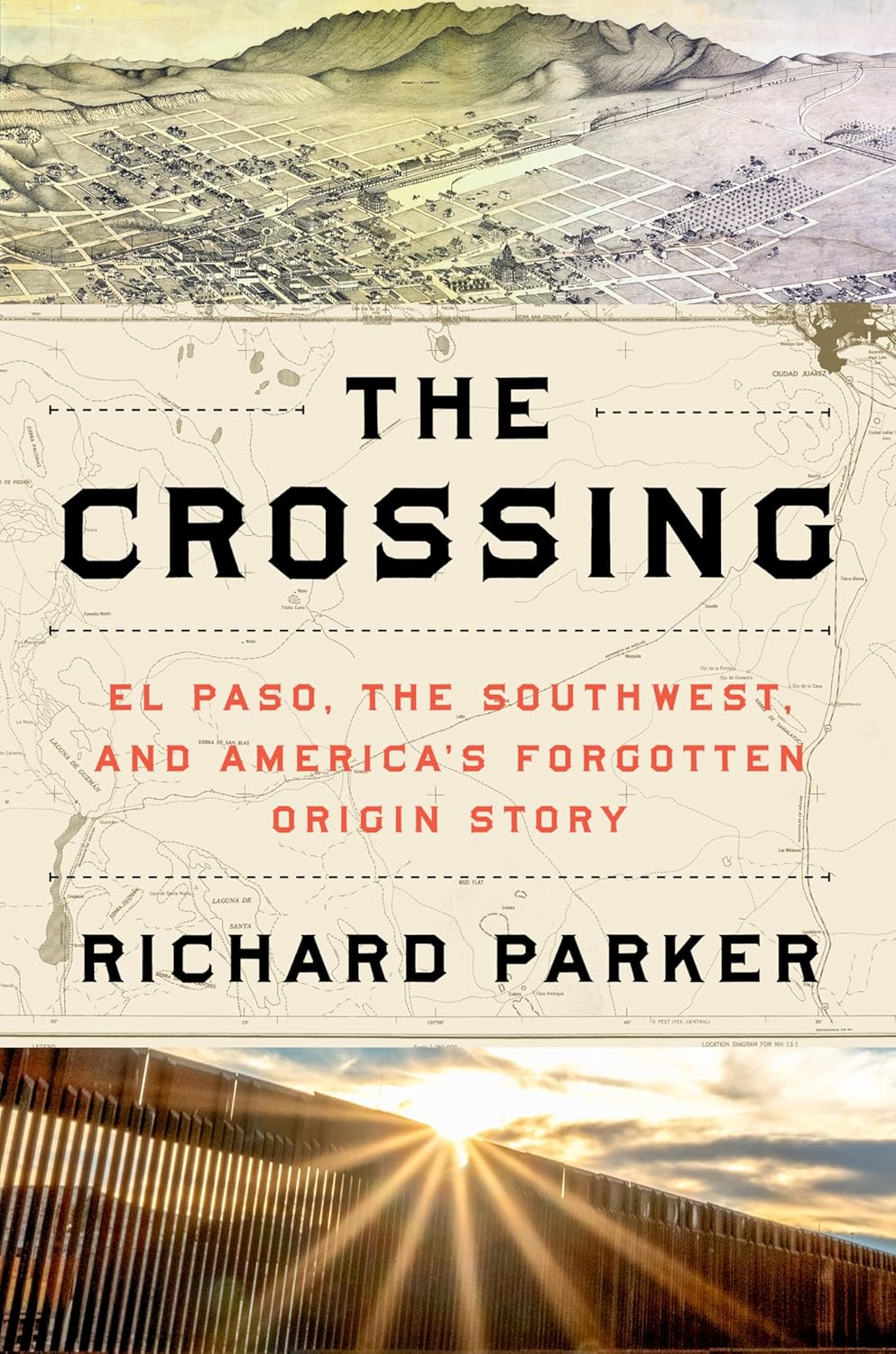
Parker correctly finds fault with the way Anglo gunslingers and fraudsters have been romanticized by fiction writers and historians, such as Leon Metz and C.L. Sonnichsen. “Because many of these characters were not Native Americans or Mexicans, but white Americans from back east, these dangerous people were glamorized in the pulp novels of their day and well into the history books that followed,” Parker notes. “The romanticizing of this period has hidden its cruelties.”
The Crossing is not an academic history. It reads like a winding journalistic essay in which the author is up-front about his own politics. The book’s back cover promises “a radical work of history that recenters the American story on El Paso, Texas, gateway between north and south, center of indigenous power and resistance, locus of European colonization of North America, centuries-long hub of immigration, and underappreciated modern blueprint for a changing United States.”
What’s on the menu sounds pretty good. We absolutely need a radical new history of El Paso. The last comprehensive overview of the border city’s historical developments was El Paso: A Borderlands History, published in 1990by University of Texas at El Paso (UTEP) historian W. H. Timmons, and it was by no means cutting-edge.
Unfortunately, The Crossing doesn’t deliver what its promotional materials promise—as what might have been the equivalent of a well-prepared meal is more like undercooked fast food.
To begin with, Parker gets a lot of details wrong. In addition to spelling mistakes, including the first name of legendary Mexican revolutionary Pancho Villa, the author commits attribution and factual errors. When Parker quotes Adolph Hitler praising the U.S. Immigration Act of 1924, he incorrectly cites the source as Mein Kampf. Parker got this quote from my own book—Ringside Seat to a Revolution: An Underground Cultural History of El Paso and Juárez, 1893-1923—in which I note that Hitler wrote these lines in his second book, published after his death.
More significantly, some of The Crossing’s historical dates are wrong, including a few that are way off. The fossilized human footprints discovered at White Sands National Park are 21,000 to 23,000 years old, according to carbon dating, not 55,000 years old, as the author claims. According to Parker, Mexican revolutionaries attacked Ciudad Juárez beginning on April 7, 1911, and by May 8 the federal troops were out of ammunition and water. Anyone who’s seriously studied the Mexican Revolution should know that the insurrectionaries didn’t begin shooting at the Federales in Juárez until May 8 and that the Mexican government forces surrendered two days later. Parker doesn’t cite his sources for this section, but Wikipedia and Britannica make the same mistake about the dates of the Battle of Juárez. [Editor’s Note: These mistakes appeared in both the uncorrected and final proofs of the book provided by the publisher.]
Pointing out such inaccuracies might seem like excessive academic fact-checking. But these errors add up. They give a sense that the author has not fully mastered his material. Parker depended almost entirely on history books, newspaper articles, essays, and online materials written in English, according to his footnotes and bibliography, which include no Native, Spanish colonial, or Mexican sources. Archival research of primary documents, written during the time the historical events took place, is almost nonexistent.
By depending on previous English-language historical literature, Parker ends up reinforcing some of the same old narratives about El Paso he was trying to avoid. He points out that once-glamorized Anglo gunslingers were by no means the good guys, but he nevertheless spills too much ink fleshing out their biographical details, at the expense of more worthy Native and Mexican-American historical protagonists. Parker delves extensively into the Native prehistory of El Paso, but Indigenous people, in his book, practically disappear in the modern period.
The Crossing fails to correct the historical record in other ways as well. In the past, white settler historiography portrayed the territory north of the Rio Grande as empty land to justify the dispossession of brown people. By omitting certain facts, Parker unwittingly promotes this same terra nullius argument in his book. He fails to mention there was an Apache peace camp (establecimiento de paz) in the late 19th century where about 1,000 Mescalero Apaches (Natagendé) resided, located where the modern city of El Paso was born, in today’s Barrio Duranguito. It was in the same area as the historic river ford where Juan de Oñate crossed into what is now the United States two decades before Plymouth Rock.
Parker also ignores the extent of the Mexican presence in El Paso north of the river before the U.S. military invasion in 1846. This is partly forgivable, since the first thing the Anglo military invaders did when they occupied El Paso del Norte was destroy some of the local archives, including Mexican land deeds and other property records. This destruction of memory continues to negatively affect the writings of historians today.
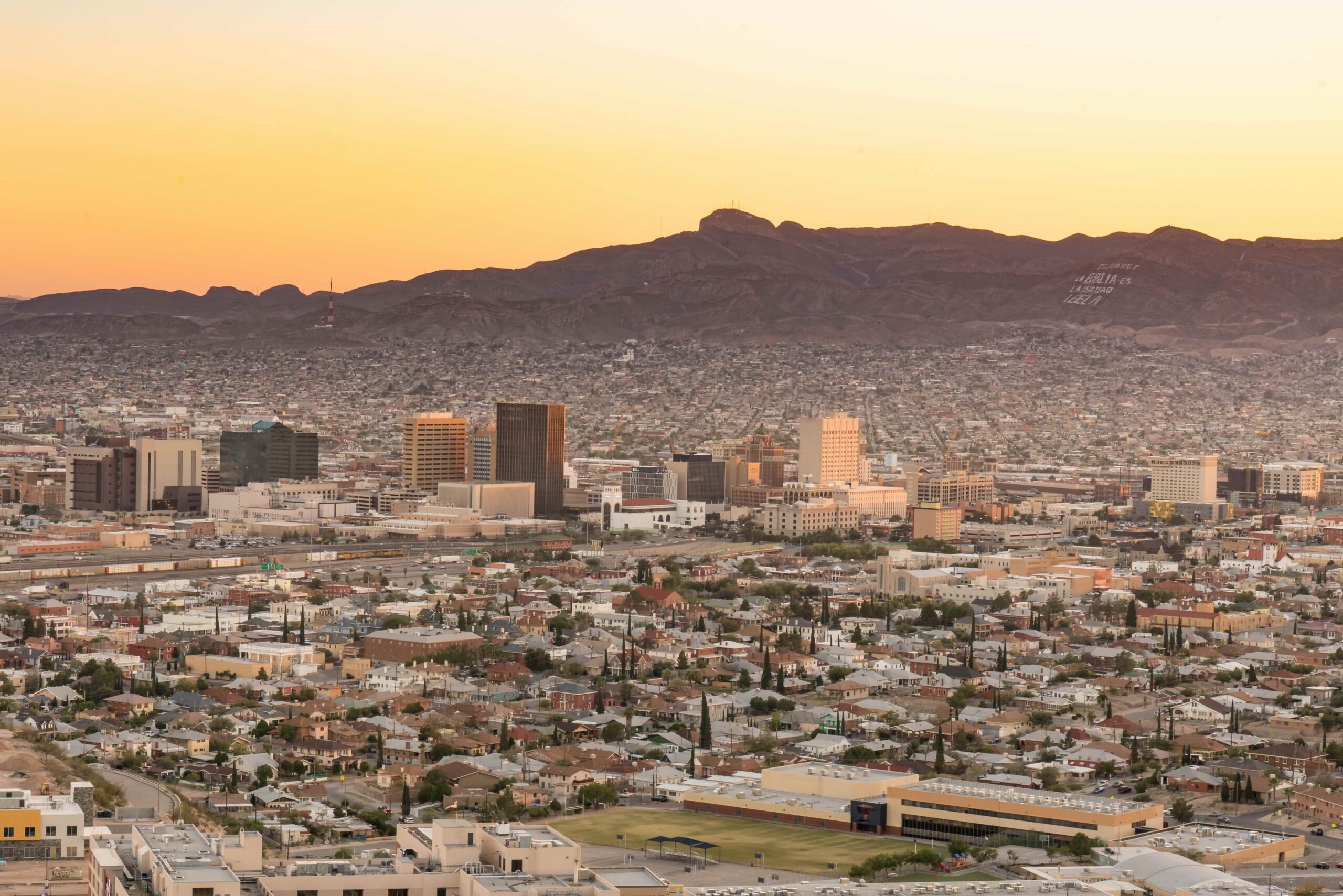
Parker’s book does have some strengths: One informative section focuses on Raymond Telles, elected mayor of El Paso in 1957 as the first Mexican-American mayor of a major U.S. city. Telles worked behind the scenes to desegregate public places in the Anglo parts of town. El Paso was the first city in Texas to desegregate many of its public institutions in the late 1950s and early ’60s, including Texas Western College (today’s UTEP), without the violent backlash seen elsewhere in the state.
The last chapter of The Crossing, drawn partly from an opinion piece Parker wrote for the New York Times after the El Paso Walmart shooting, is the book’s most impassioned section. But even here the author goes astray. Parker misidentifies prominent local labor activist Guillermo Glenn, a survivor of the shooting, as “an artist” and describes then-presidential candidate Beto O’Rourke as a “local hero” and the “public face” of the people of El Paso. Had the author dug further, he would have found that many El Pasoans beg to differ with his overly flattering characterization of the famous politician. When O’Rourke sat on El Paso’s city council, he was the face of a harmful gentrification plan that would have demolished major sections of historic immigrant neighborhoods in South El Paso to build a sports arena and other private developments spearheaded by his father-in-law. The proposed demolition, never executed, included the site of the 18th-century Apache settlement and the ford Oñate crossed.
The Crossing doesn’t dig deep enough to substantially correct the fallacies and erasures of previous El Paso histories. Instead, it creates new ones of its own.
